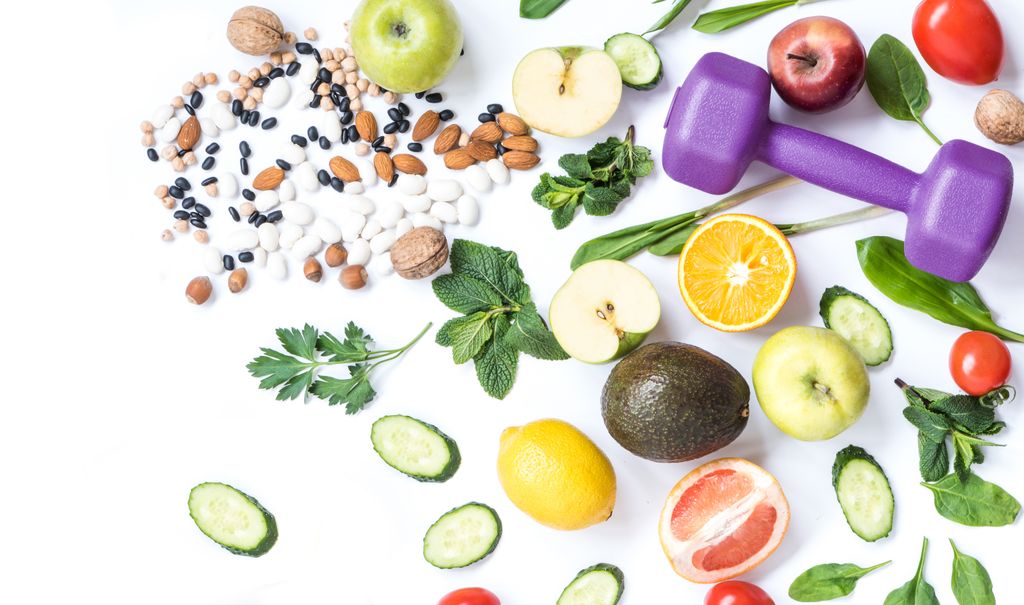
Ease Menopause Joint Pain: Top Tips from a Fitness Nutritionist
Dealing with Joint Pain and Flexibility Issues during Menopause
Experiencing joint pain and flexibility issues during menopause is common. Fitness and nutrition expert Zana Morris suggests that the decrease in oestrogen and testosterone levels, coupled with age-related sarcopenia (loss of muscle mass), and increased stress contribute to this problem. These conditions weaken muscles, impair flexibility, and result in aching joints.
Easy Everyday Solutions for Joint Pain during Menopause
Fortunately, there are everyday practices that can help you manage joint pain and improve flexibility during menopause. Zana Morris, who is also the founder of Strong Nutrients, recommends integrating simple stretches and specific exercises into your daily routine. She warns against relying on a single morning stretch to alleviate all the aches and pains.
Considering we have approximately 650 skeletal muscles in our bodies, one single exercise or stretch will not provide the solution. Zana explains that stretching helps reduce the muscle tightness, which eases the pressure on joints, and strength training is indispensable for muscle strengthening, which also helps decrease the pressure on joints.
How to Target Hip and Knee Pain during Menopause
Zana suggests stretching your quads (the larger muscles at the front of your legs) for addressing hip and knee pain. She states, “Tight quads can pull on both knees and hips, which are areas often prone to issues during menopause. Additionally, tight quads can result in poor posture and indirectly lead to neck issues.”

A simple quad stretch and squats, targeting multiple muscle groups, such as legs, glutes, and lower back, can improve overall joint health and alleviate tension.
Nutrition for Joint Pain Relief and Improved Flexibility
Regarding nutrition, Zana underscores the importance of consuming calcium-rich protein foods such as yoghurt and cheese, and magnesium-rich sources such as nuts and green leafy vegetables. These foods support hormone balance and bone health. She also suggests increasing protein intake to protect and recover lean body mass, given that sarcopenia – muscle loss due to aging – accelerates during menopause, leading to weaker muscles and aching joints.
READ: I went through early menopause – now I help other women through it

Magnesium supplementation is also highly recommended by Zana for addressing flexibility issues. She explains that magnesium participates in over 600 processes in the body, including reducing cortisol, aiding calcium absorption, and removing used oestrogen. This means, in simple terms, that taking magnesium supplements can improve sleep, relaxation, bone density, heart health, reduce or even stop hot flashes for some, and assist in losing belly fat.
The Role of Weight Training in Menopause
Lastly, Zana emphasizes the importance of weight training for maintaining body suppleness. Weight training stimulates muscle repair and rebuilding, which not only preserves your shape but also boosts your strength, providing support for your back and joints, and even enhancing bone density.
—
Read More Health & Wellness News; US Lifestyle News
